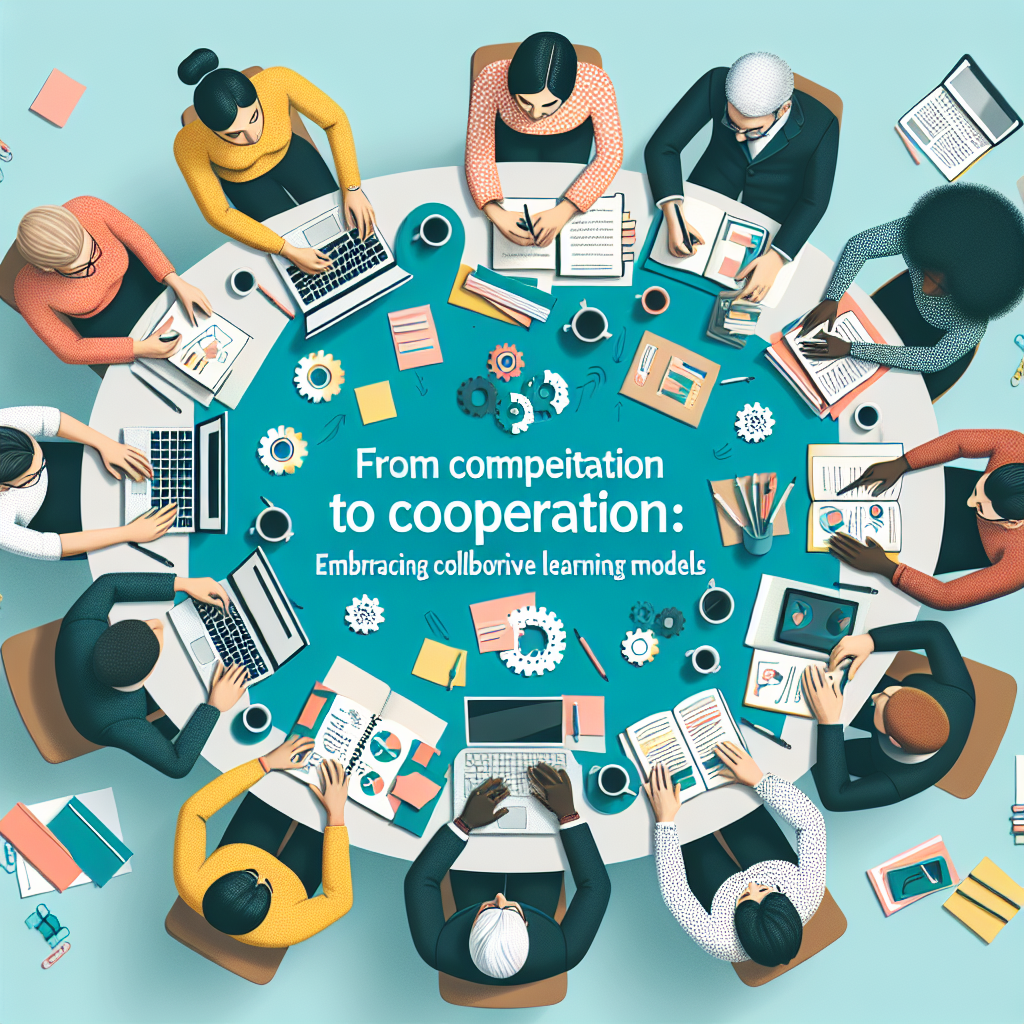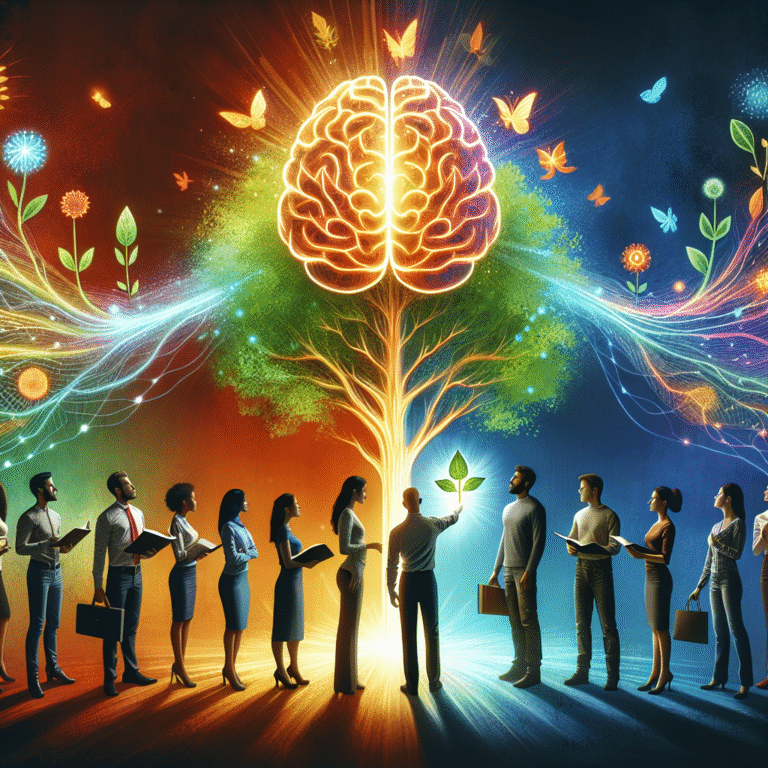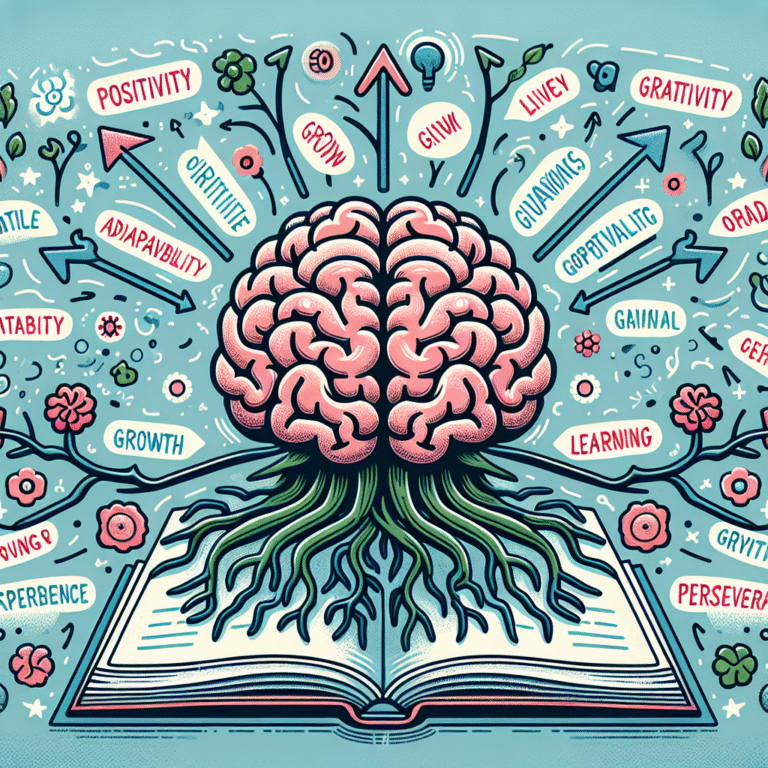
Introduction
In today’s fast-paced, interdependent world, the ability to collaborate is more important than ever. Traditional educational settings often hinge on a competitive atmosphere, where students vie for grades and recognition. However, there is a powerful shift underway—From Competition to Cooperation: Embracing Collaborative Learning Models. This paradigm shift not only enhances academic performance but also fosters essential skills needed in the modern workforce, such as teamwork, communication, and problem-solving.
The urgency of this transformation cannot be overstated. Growing evidence shows that a collaborative learning environment not only improves student engagement but also shapes more compassionate and innovative thinkers. As we delve into the intricacies of collaborative learning, we will explore its myriad benefits, real-world applications, and actionable strategies to transition from competition to cooperation in educational settings.
The Landscape of Learning: Traditional Models vs. Collaborative Approaches
Traditional Learning Models: The Competitive Spirit
In traditional educational frameworks, competition is the name of the game. Students are ranked by grades, accolades, and standardized test scores, creating an environment where individual achievement is prioritized. This approach can foster high levels of motivation for some students but often leads to anxiety, stress, and a lack of intrinsic motivation for others.
The Collaborative Learning Models: A New Era
Conversely, collaborative learning models emphasize shared goals and mutual support. Instead of competing against one another, students work in groups to analyze problems, debate ideas, and develop solutions. This From Competition to Cooperation: Embracing Collaborative Learning Models not only enhances learning outcomes but also cultivates important social and emotional skills.
Key Elements of Collaborative Learning
- Shared Goals: Establishing common objectives encourages students to support one another, promoting a sense of community.
- Interdependence: Each member plays a crucial role, necessitating teamwork to achieve success.
- Reflection and Feedback: Constructive feedback loops help individuals grow and improve collectively.
The Psychology Behind Collaborative Learning
According to educational theorists like Vygotsky and Piaget, social interaction plays a critical role in cognitive development. By collaborating, students engage in meaningful discussions that enhance their understanding.
Theoretical Foundations
- Vygotsky’s Social Development Theory: Emphasizes the influence of social interaction on cognitive growth.
- Constructivism: Suggests that knowledge is constructed through experiences, highlighting the importance of collaboration in learning.
Real-World Applications: Case Studies in Collaborative Learning
Case Study 1: The Wickersham School District – A Model of Transformation
In the Wickersham School District, a systemic shift was made from a competitive grading system to a collaborative learning approach. Classrooms were redesigned to facilitate group activities, and teachers received training on collaborative techniques.
Results
- Increased Engagement: Student involvement in learning activities jumped by 40%.
- Higher Academic Achievement: Standardized test scores improved by an average of 15%.
Case Study 2: Google’s Project Aristotle – The Power of Team Dynamics
Google conducted extensive research known as Project Aristotle to find out what makes an effective team. They discovered that psychological safety, dependability, structure, and clarity were vital to high-performing teams.
Results
- Improved collaboration led to higher project completion rates and more innovative outputs.
- Teams that embraced cooperative learning practices outperformed those dominated by competitive rankings.
Enhancing Classroom Dynamics
Strategies for Transitioning to Collaborative Learning
Transitioning from competition to cooperation involves deliberate strategies:
- Redefine Success: Shift the focus from individual grades to collective accomplishments.
- Design Collaborative Activities: Implement project-based learning, peer teaching sessions, and group discussions.
- Encourage Reflection: Incorporate time for students to assess group dynamics and their personal contributions.
Creating a Culture of Collaboration
A school-wide commitment to collaborative learning can transform educational experiences. This includes:
- Professional development for teachers to build collaborative frameworks.
- Engaging parents and communities in supporting group activities.
| Strategy | Benefits |
|---|---|
| Redefine Success | Fosters teamwork and diminishes anxiety |
| Collaborative Activities | Enhances critical thinking and communication |
| Reflective Practices | Builds self-awareness and accountability |
Overcoming Challenges in Collaborative Learning
Common Challenges
Shifting from a competitive to a collaborative model is not without its hurdles:
- Resistance to Change: Established habits can be hard to break.
- Assessment Issues: Traditional grading systems may not reflect individual contributions in group settings.
- Group Dynamics: Conflicts may arise within groups, requiring effective conflict resolution strategies.
Solutions
To combat these challenges, educators can:
- Provide support and training to both staff and students during the transition period.
- Design alternative assessment strategies that account for group contributions and individual efforts.
- Facilitate professional learning communities to discuss and address challenges.
The Role of Technology in Collaborative Learning
Digital Tools and Resources
Technology can amplify collaborative learning experiences. Tools such as Google Workspace, Microsoft Teams, and various learning management systems enable real-time collaboration, even from remote locations.
Advantages of Technology:
- Accessibility: Resources can be accessed from anywhere, fostering global collaboration.
- Interactive Learning: Online platforms can host discussions, quizzes, and interactive activities.
Measuring Success: Indicators of Collaborative Learning
Success in collaborative learning environments can be gauged through both quantitative and qualitative measures:
- Student Performance: Monitoring improvements in academic scores and retention rates.
- Engagement Levels: Surveys to assess student satisfaction and involvement.
- Social Skills Development: Observational assessments of team interactions and communication skills.
Tools for Evaluation
- Rubrics: Clearly defined criteria for assessing group projects.
- Self and Peer Assessments: Enabling students to evaluate their contributions and those of their peers.
Conclusion: Moving Forward Together
The journey From Competition to Cooperation: Embracing Collaborative Learning Models holds immense promise for reshaping education as we know it. Moving forward, educators, administrators, and policymakers must commit to fostering environments that prioritize collaboration. The potential benefits—enhanced problem-solving skills, improved emotional intelligence, and stronger community ties—are far too significant to ignore.
By embracing collaborative learning models, we can prepare students not just for academic achievement but for flourishing in an interconnected world—a world where cooperation is key to success.
FAQs Section
What are collaborative learning models?
Collaborative learning models are educational strategies that promote group work, allowing students to learn from one another through interactions and shared goals.How can teachers implement collaborative learning?
Teachers can implement collaborative learning by redesigning classroom activities to include group work, fostering a culture of teamwork, and utilizing technology for real-time collaboration.What are the benefits of collaborative learning?
Collaborative learning enhances student engagement, improves academic performance, fosters essential life skills, and creates a supportive learning environment.How do schools measure the success of collaborative learning?
Success can be measured through student performance metrics, engagement surveys, observational assessments, and alternative evaluation methods like peer assessments.- What challenges may arise during this transition?
Possible challenges include resistance to change, issues with assessment methods, and potential conflicts within groups. Solutions involve providing support and clear frameworks for evaluation.
By addressing these FAQs, we hope to clarify potential concerns surrounding the shift from competition to cooperation, underscoring the importance of collaborative learning in modern education.















